Disability consultant, activist and blogger Robyn Hunt suggests 21 books, from picture books to YA, that illuminate experiences of disability.
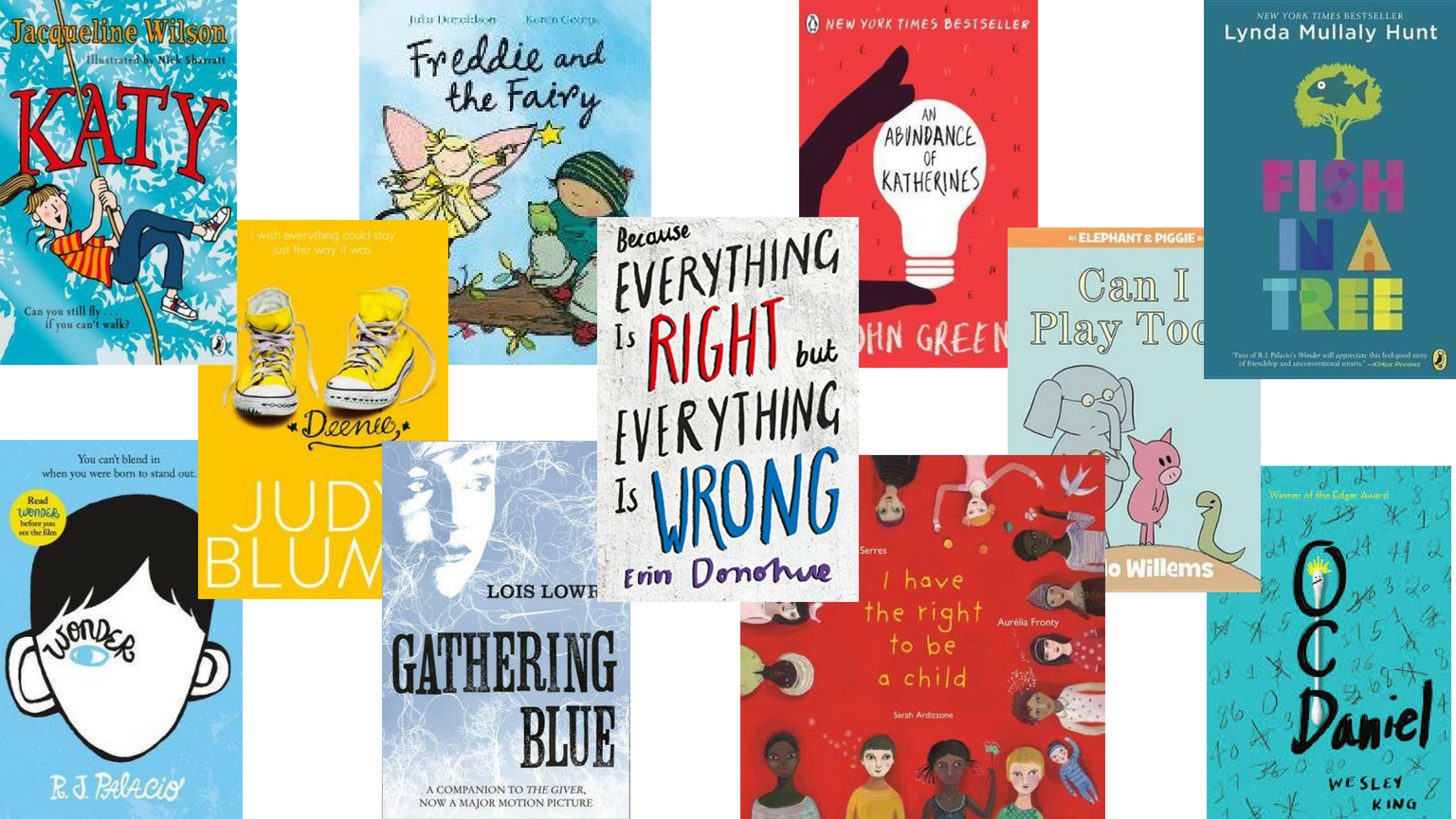
Designing a book list for children and YA on disability is difficult. Such books are not usually at the top of the bestseller list, especially in a small market like New Zealand. Sadly local examples were few and far between, which is a little disappointing, but there are some gems to be found. These books are important as we struggle to escape from the cultural legacy and resulting baggage of Dickens’ Tiny Tim, Katy Carr in What Katy Did and Heidi’s Clara.
The problem for disabled characters in both adult and children’s writing is that they have often been used as ciphers, to set moral imperatives, as a plot device or make a point rather than to have their life experiences explored as real people with real lives. In contrast, there are plenty of worthy and earnest attempts to set the record straight. I haven’t included any of them. Disability as representing “special” powers has also not been included, although of course the best disabled characters featured come with the full range of human faults and talents, and have their own ways of dealing with limitation. I found an interesting and enjoyable thread of subversion running through some of them.
There are many condition-specific books for children. These might be useful to parents who want to help their own children understand a condition. There are too many conditions to choose any, and many of us can experience the same kind of impairment in so many different ways.
What I have looked for is something that will engage the disabled and non-disabled reader alike, authentic characters and real stories. I’ve included a range of books for ages from beginning readers through to young adults. A disabled person is the central character in each book. Only four of the authors that I know of identify as disabled.
The books I’ve chosen represent the change in the disability world in the last few decades. Disability can now be a subject for fairly frank exploration, which is welcome. Growing up with any impairment or difference is a very particular experience which can be isolating. My choice is subjective and I’ve probably missed some excellent examples. I’m not a therapist, a librarian or a parent of a disabled child. I grew up without any books like these, and I’m delighted to find them. But there’s more to be written, for all ages, especially by New Zealand writers.
Writing about disability in Young Adult literature Kayla Whaley, senior editor at Disability in Kidlit says, “What disability in YA needs across the board is more. More intersectionality. More variety in disabilities, genres, and narratives. More disabled main characters. More disabled ensembles. More characters with multiple disabilities. More happy endings. More thoughtful and respectful subversion of tropes. More romance. More adventure. More complexity, nuance, depth, and breadth.
YA readers—especially disabled ones—deserve more and better disability representation than they currently have. The strides publishing’s made in this arena should absolutely be celebrated, but they’re not an excuse for future complacency.” Read more from Kidlit here.
I agree with her wholeheartedly.
Most of the books listed should be available through public libraries or public access libraries such as CCS Disability Action or IHC. One or two may take a bit of tracking down, but should be available online.
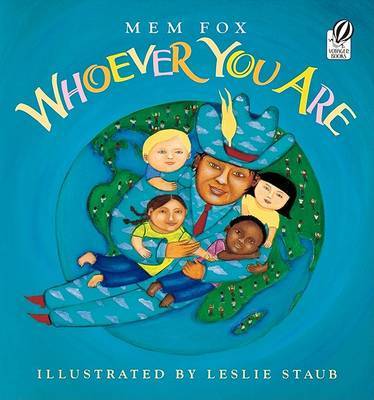
Whoever You Are by Mem Fox and illustrated by Leslie Staub (Red Wagon Books)
Is a little board book, which does not include disability specifically but explores for very young children the differences but also the essential similarities between all children and peoples.
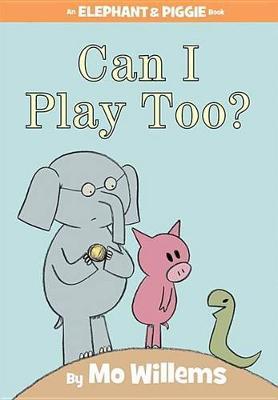
Can I Play Too? by Mo Willems (Hyperion Press)
The animals are playing ball and snake wants to join in with his new friends. But how can he throw or catch when he doesn’t have arms? A happy solution is found and all is well for the three friends. This is a picture book for the little ones.
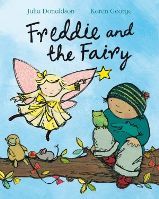
Freddie and the Fairy by Julia Donaldson (Macmillan Publishers)
Freddie rescues a fairy caught in a tree and as a reward she grants him three wishes, but they keep going humorously wrong, a pet parrot becomes a carrot and so on, all because Freddie mumbles and the fairy is hard of hearing. The fairy Queen arrives and sorts everyone out with a light touch. Ages 5 – 8
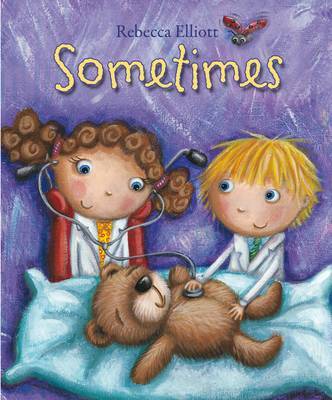
Sometimes by Rebecca Elliott (Lion Hudson)
Is a gentle, beautifully illustrated story about Toby and Clemmie who spends a lot of time in hospital, and how both children can help each other at difficult times. This book is for younger readers.
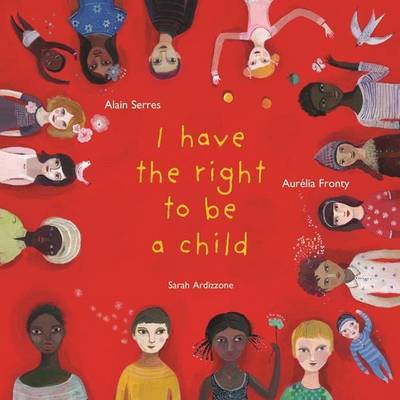
I Have the Right to be a Child, pictures by Aurelia Fronty, translated by Helen Mixter (Groundwood Books, House of Anansi Press)
Is also beautifully illustrated. It describes the United Nations Children’s Convention for young children. I particularly like the no-fuss way it includes disability along with the diversity of all children. Also for younger readers.
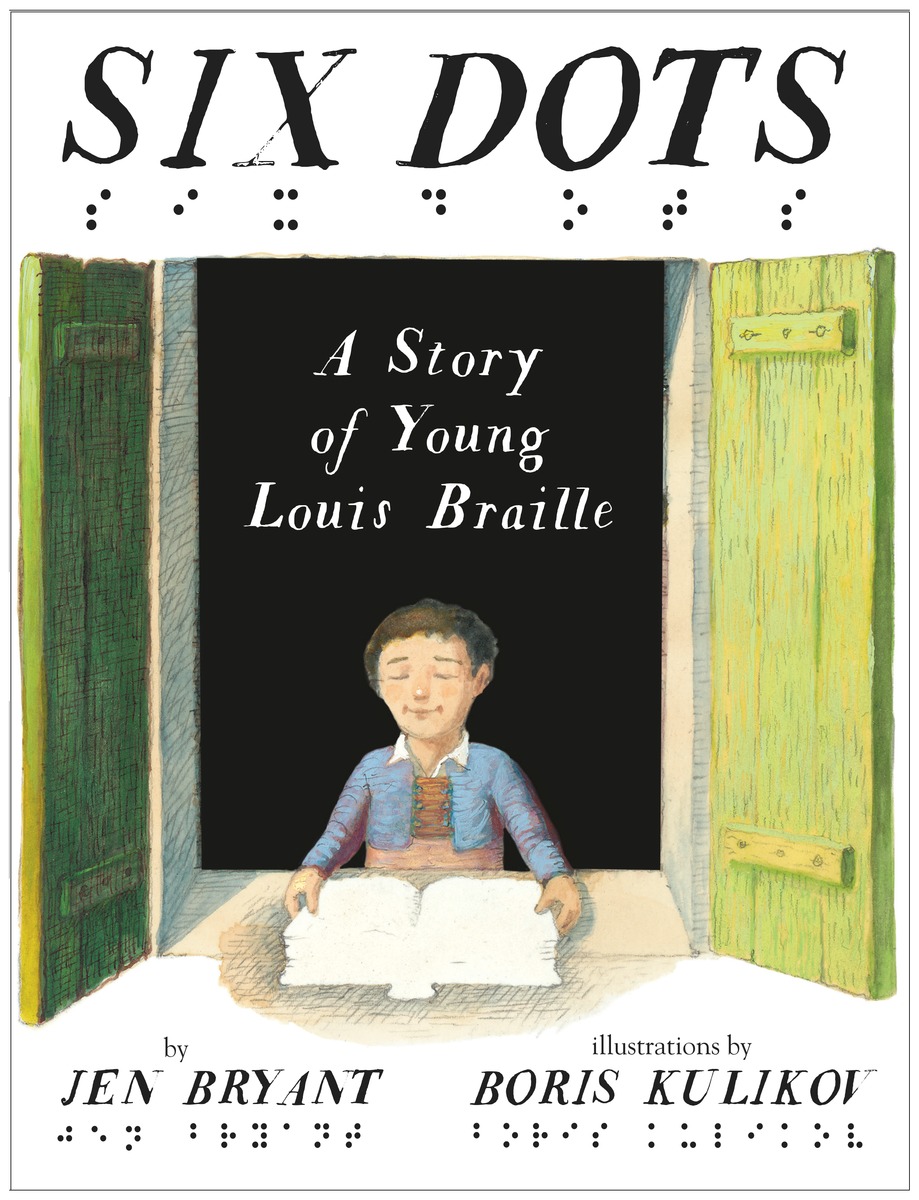
Six Dots by Jen Bryant, illustrated by Boris Kulikov (Penguin Random House)
A story of young Louis Braille by Jennifer Fisher Bryant is the only non-fiction book I’ve selected. A picture book for slightly older readers this tells the true story of the young inventor of braille from a child’s perspective. The story and illustrations are engaging and the book doesn’t try to gloss over the hard parts such as how Louis lost his sight. It shows what braille is, and tries to give the sighted reader an idea of how it is not to be able to see. There is some useful information at the end for teachers. Age 5 to 8.
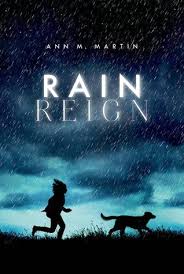
Rain Reign by Ann M. Martin (Macmillian)
Rose’s single dad, the other kids and her teacher don’t understand Rose’s obsessions with homonyms and rules, or the other things that make her life different. When a storm comes and her beloved dog goes missing she sets out to find her. As a result, Rose has to make a very tough decision. Ages 8 –11
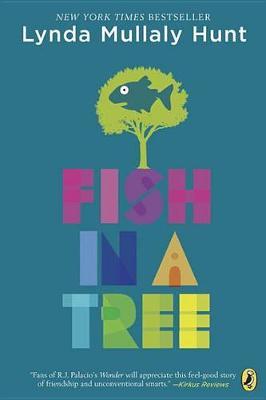
Fish in a tree by Lynda Nullaly Hunt (Puffin)
Ally is always in trouble. She feels like a misfit because she can’t read and, like many people who struggle to read, she works hard to hide it. She becomes friends with some other “misfits” and finds that people are clever in different ways. Then a new teacher arrives and her life changes for the better. She discovers that reading isn’t the only way to be smart. Ages 10 & up
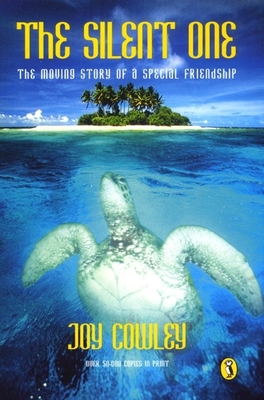
The Silent One by Joy Cowley (Puffin)
Is a New Zealand classic. Jonasi is The Silent One sent from the sea as a baby to grow up in an isolated Pacific village. Separated from the villagers by his silence and their prejudices, they do not understand that he is deaf and what that means. He finds solace in his underwater world, where he develops a relationship with a huge white turtle. The villagers see both Jonasi and the turtle as evil spirits. A series of natural disasters and a struggle for leadership within the village sweep Jonasi toward his strange destiny. Ages 8 – 12
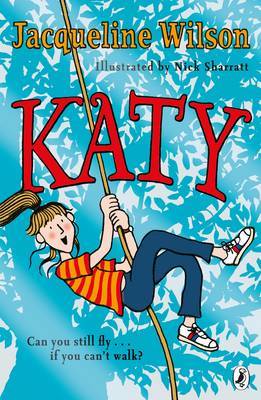
Katy by Jacqueline Wilson (Puffin)
A much loved British writer has rewritten What Katy Did for a new generation. While following the original plot and characters in twenty first Century England the story and characters are more real and more fun without the moralistic overtones. The ending is much more satisfying than the original. Ages 9 & up
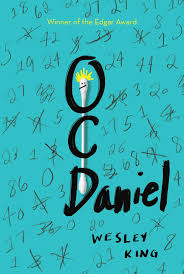
OCDaniel by Wesley King (Simon & Schuster)
At football practice Daniel carefully arranges the water cups and imagines what would happen if monsters attacked the field. He hopes no one notices his strange habits, his zaps as he calls them. He hopes no one notices he might be crazy. But everything changes when he receives a mysterious note and he is swept up in a mystery that could change everything. This novel is about feeling different and finding people who understand and maybe help. Ages 8 – 12
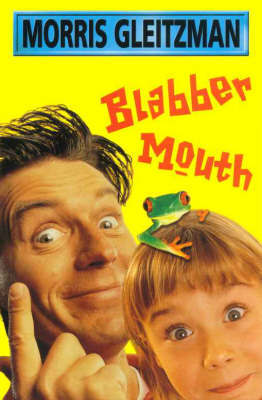
Blabber Mouth and Sticky Beak by Morris Gleitzman (Pan Australia)
Rowena physically can’t speak. But she’s a great communicator who gets her message across in all sorts of creative ways: whistling, signing, drawing, using notes and objects, including a frog, even at one point hiring a skywriter. Starting another new school is quite a challenge. In Sticky Beak Rowena has quite a lot to be angry about. But she has a new friend who is superb at expressing anger. Sticky Beak is a cockatoo. Both books are hilarious. Ages 8 – 12
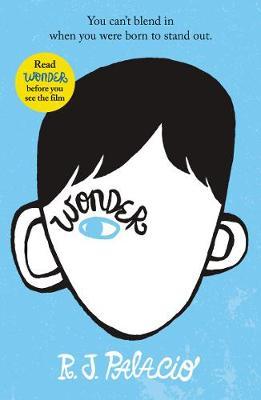
Wonder by R.J Palacio (Corgi)
August Pullman wants to be an ordinary kid, and in some ways he is. He’s ten years old, has a loving family and a dog. He likes ice cream and playing on his Xbox. But he is extraordinary because he has a facial difference that others find very difficult to accept. Up ‘til ten years old he has been home schooled, but now it’s time to go to school. All he wants is to be accepted. He and those around him whose lives he touches tell the story. The ending is rather predictable, but still well worth reading. Ages 9 to 12.
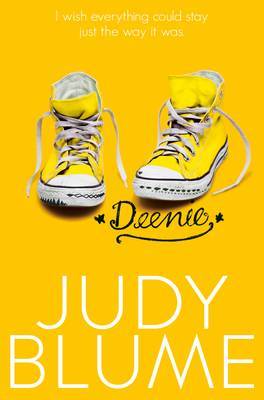
Deenie by Judy Blume (Macmillan)
Is another very popular author and in Deenie she explores what happens to a beautiful young girl whose mother has plans for her to be a model. She is diagnosed with scoliosis and must wear a brace. This creates different problems for Deenie and her mother. Ages 10 – 14
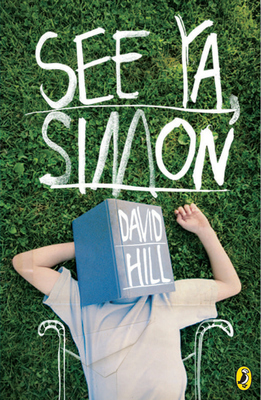
See Ya Simon by David Hill (Puffin)
Another much loved New Zealand classic by one of our best writers for children and young adults. Simon is a typical teenager. He likes girls and weekends and enjoys mucking about and playing practical jokes. But what is different is that Simon has muscular dystrophy – he’s in a wheelchair and doesn’t have long to live. A believable and unsentimental story. YA
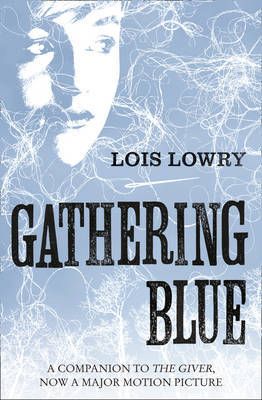
Gathering Blue by Lois Lowry (HarperCollins)
This book is the second of a series. Kira, who was born with a damaged leg, is orphaned and must learn to survive in a society that normally leaves the weak or disabled exposed to die in the fields. She begins to learn the art of dyeing thread different colours, except for blue, which nobody in her community knows how to make. As the story progresses she learns about the truth of her village and the terrible secrets the people who live there hold. But there is hope. YA
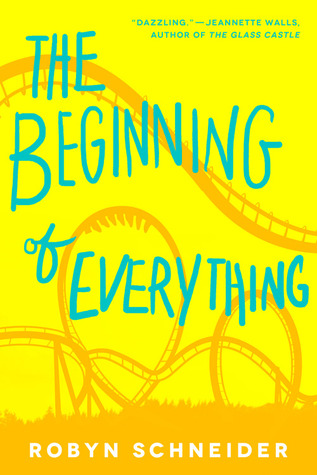
The Beginning of Everything by Robyn Schneider (HarperCollins)
This coming-of-age novel has golden boy Ezra losing it all in one spectacular night when an accident damages his leg. No longer a homecoming king or on the tennis team he joins the misfits where he encounters new girl Cassidy Thorpe. Cassidy is unlike anyone Ezra’s ever met. Together they discover flash mobs, buried treasure, and a poodle that might be the reincarnation of Jay Gatsby. Ezra dives into his new studies, new friendships, and new love, but he learns that some people, like books, are easy to misread. And he must consider: If one’s singular tragedy has already hit, what happens when more misfortune strikes? YA
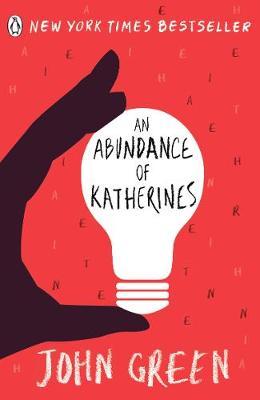
An Abundance of Katherines by John Green (Puffin)
This is another coming–of-age and road trip comic novel. Former child prodigy Colin is obsessed with anagrams and learning multiple languages and is depressed. He has been dumped nineteen times by girls named Katherine and has a complex mathematical theory about this – the “Theorem of Underlying Katherine Predictability” He goes on a road trip with his best and only friend and finds his “eureka moment.” YA
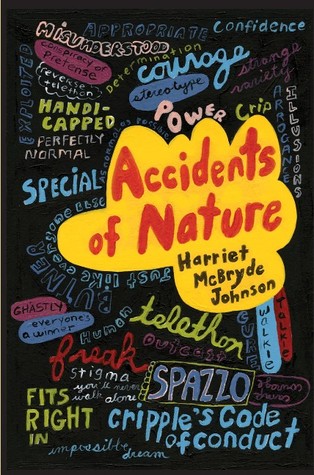
Accidents of Nature by Harriet McBryde Johnson (Penguin Random House)
Seventeen-year-old Jean has cerebral palsy and uses a wheelchair, but she’s always believed she’s just the same as everyone else. She goes to regular school and has regular friends. Like many of her peers she’s never really known another disabled person before she arrives at Camp Courage. But then she’s welcomed to ‘Crip Camp’, where she learns about and joins a community unlike any she’s ever imagined. Life has changed forever. YA
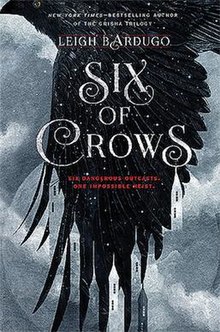
The Six of Crows by Leigh Bardugo (Macmillan)
Is an epic fantasy, the first in a duology. A group of misfits, including disabled people and led by a disabled master criminal, sets out on a quest with the promise of rich reward. Six of Crows is set in a world loosely inspired by the Dutch Republic of the 17th century and based on a magical system. The disabled protagonists are real rounded characters, not stereotypes. The action is lively and the plot complex. YA .
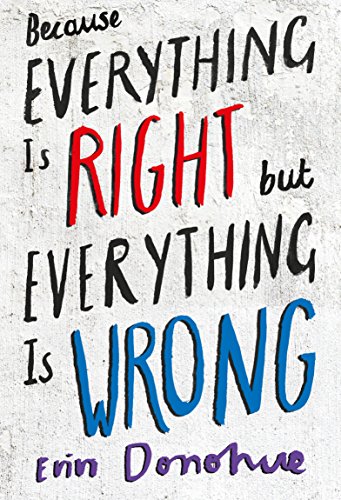
Because Everything Is Right But Everything Is Wrong by Erin Donohue (Escalator Press)
Can you be lost and not know it? Can other people stop you from being lost? Seventeen-year-old Caleb’s world is disintegrating, his walls are closing in, his sky is threatening to fall. He’s barely holding on. To deadlines. To friends. To family. To mum. To Pat. But he has Casey. Honest, poetic and powerful, this timely book is ultimately and believably hopeful about life and recovery.
It is a finalist in the 2018 NZ Book Awards for Children and Young Adults, the Copyright Licensing NZ Award for Young Adult Fiction.
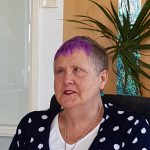
Robyn Hunt
Robyn Hunt is a disability consultant, activist, blogger, and commentator. She is a founder of the Crip the Litproject and a former human rights commissioner.



